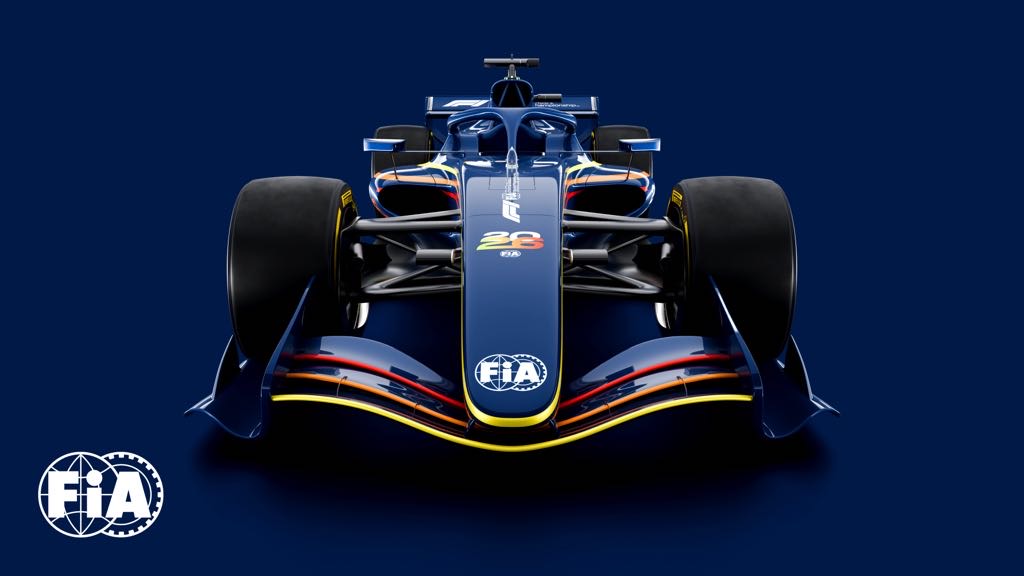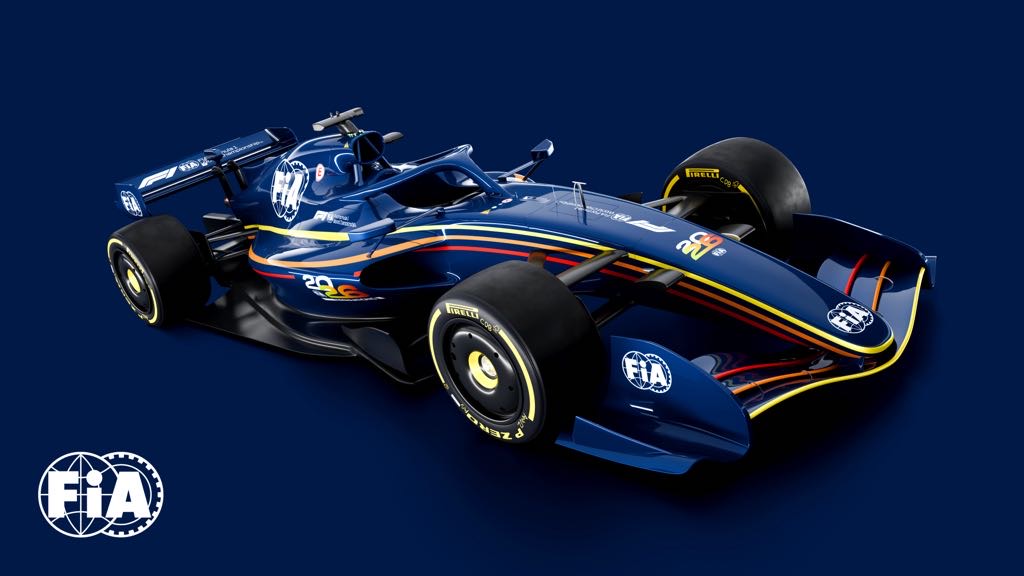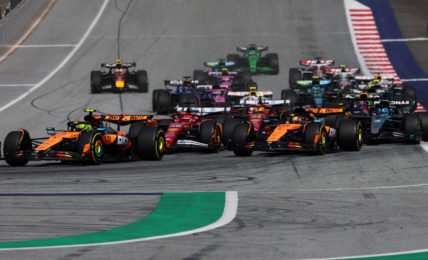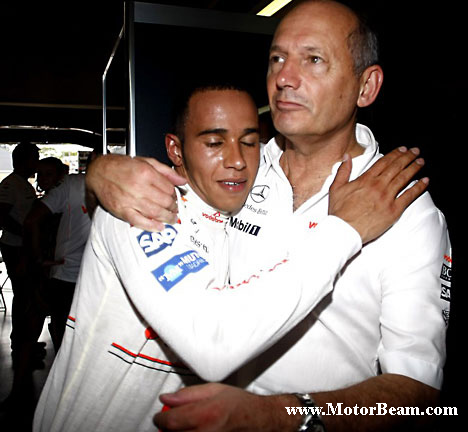
2026 Formula 1 cars to run on 100 percent sustainable fuel
The Federation Internationale de l’Automobile (FIA) has announced comprehensive new technical regulations for the FIA Formula One World Championship, set to take effect in 2026. These regulations aim to foster a more competitive, sustainable and safer future for the sport. The detailed proposals were revealed ahead of the 2024 FIA Formula 1 Canadian Grand Prix in Montreal, with official ratification by the World Motor Sport Council expected on 28th June.
Key Highlights of the 2026 Regulations
Nimble Car Concept
Central to the 2026 Technical Regulations is the ‘nimble car’ concept, which targets enhanced raceability and closer racing. The upcoming cars will be 30 kg lighter than the current generation, aiming to improve efficiency and handling.
Power Unit Advancements
The redesigned power unit represents a significant evolution, featuring almost 300% more battery power and an even split between internal combustion and electric power. This leap forward builds on Formula 1’s existing reputation for having the world’s most efficient engines. The new power units will also integrate active aerodynamics to align with energy management requirements.
Enhanced Overtaking Opportunities
To promote more competitive racing, the 2026 regulations introduce a Manual Override Mode that allows for increased electrical power deployment for trailing cars, potentially increasing overtaking opportunities.
Sustainability Commitment
The 2026 cars will run on 100% sustainable fuel, reinforcing Formula 1’s commitment to environmental responsibility. This initiative supports the broader goal of achieving Net Zero carbon emissions by 2030.
Safety Improvements
The new regulations also emphasise enhanced safety with stronger structures and more rigorous testing. Specific measures include a two-stage front impact structure, improved side intrusion protection and increased roll hoop loads.
Industry and Stakeholder Collaboration
FIA President Mohamed Ben Sulayem highlighted the collaborative effort behind the new regulations, stating, “Developed with input from the FIA Formula 1 Technical Working Groups, the sport’s 10 teams, OEMs, and power unit manufacturers, these regulations represent a significant step towards ensuring Formula 1 remains at the forefront of technological and competitive advancements.”
Formula 1 CEO Stefano Domenicali emphasised the broader impact of these innovations, particularly the use of sustainable fuel, which has the potential to significantly reduce global automotive emissions. “The new sustainably fuelled hybrid power unit presents a huge opportunity for the global automotive industry,” he said.
Detailed Technical Innovations
Power Unit Specifications
The 2026 power unit will feature a reduction in internal combustion engine power from 750 BHP to 546 BHP, while the battery element will see an increase from 120kW to 350kW. This change aims to maintain performance while enhancing sustainability. The regulations also eliminate the MGU-H component, simplifying the power unit and expanding the use of electrical power.
Chassis and Aerodynamics
The new chassis will be smaller and lighter, with a maximum wheelbase of 3400 mm and a reduced width of 1900 mm. Weight has been reduced to a minimum of 768 kg. Aerodynamic innovations include active front and rear wings, a partially flat floor and simplified wheel wake control measures.
Safety Enhancements
Safety improvements encompass revised front impact structures, enhanced side intrusion protection, and increased roll hoop load requirements. New homologated rear wing endplate lights and lateral safety lights will also be introduced to improve visibility and safety on the track.
Looking Ahead
These regulations have already attracted a record number of power unit manufacturers, with Ferrari, Mercedes, Alpine, Honda, Audi and Red Bull Ford Powertrains committing to participate from 2026. The FIA’s efforts aim to ensure Formula 1 remains a premier motorsport, reflecting advancements in technology, safety and sustainability.
FIA Single Seater Technical Director Nikolas Tombazis summarised the vision behind these changes: “Lighter, more powerful and more focused on driver skill, the 2026 regulations are designed to provide closer racing, increase competition between teams and improve the spectacle.”
As Formula 1 prepares to enter this new era, the 2026 regulations promise to deliver a sport that is not only more exciting for fans but also more relevant and sustainable for the future.






